Instant veneers are a relatively new treatment that can transform a patient's smile in a single visit. They are made from a variety of brands out there, such as Componeers and Edelweiss, which can be used to alter the colour, shape, and feel of your teeth in a single visit.
The procedure of applying the veneers is incredibly straightforward and minimally invasive, making it the ideal alternative to traditional veneers. At the moment there aren't many cosmetic dental practices offering the treatment, but that should change as it becomes a more well-known treatment.
How Do Instant Veneers Work?
While traditional porcelain veneers are custom made for your own unique smile, immediate veneers use prefabricated nano-hybrid composite which has been crafted using laser technology. The pre-defined shape of these veneers is based on various studies that have determined the most aesthetically pleasing shape and colour of teeth.
There are multiple shapes and shades of veneer available, so your cosmetic dentist will help match the right style to your own teeth. They can be colour matched to your own teeth using the range of bonding composite shades which are available, meaning they'll look and feel just like traditional custom-made veneers.
One of the main benefits of porcelain veneers is that the non-porous surface makes them resistant to stains. While this can cause some issues with colour matching your original teeth after a number of years, it keeps your veneers looking fresh. The surface of the veneers are laser sintered, meaning they'll also be stain resistant and will look polished as long as you have them.
Most dentists will use this type of veneer for the upper and lower front teeth, typically treating between two and six teeth at the top or bottom of the mouth.
<iframe width="640" height="360" src="https://www.youtube.com/embed/pa7KXLd0JM4" frameborder="0" allow="accelerometer; autoplay; clipboard-write; encrypted-media; gyroscope; picture-in-picture; web-share" allowfullscreen></iframe>
How Much Do Instant Veneers Cost?
Immediate veneers are generally much more affordable than porcelain veneers, which opens the treatment up to a whole new range of patients. In general, the treatment will cost between £300-500 per tooth. The cost will vary depending on where you live and how much your own dentist charges for the treatment, but when you compare it to the cost of traditional veneers it's a far more alternative option.
The lower cost is a result of several factors. There is less preparatory work required than traditional veneers, meaning it can often be completed in one sitting. There's also no lab fees involved as the veneers are pre-made, which saves the dentist time and money and ultimately helps lower the cost of the treatment.
Ongoing treatment costs for instant veneers are also much lower than with traditional veneers. With a porcelain veneer, if it chips or breaks the whole veneer would need to be replaced which involves more prep work, lab fees, and a longer fitting. With immediate veneers, it can easily be repaired or replaced, as it's not as fragile as a porcelain veneer.
Instant Veneers v Porcelain Veneers
When it comes to speed and price, immediate veneers are the clear winner. The downside is that porcelain veneers tend to look a little better (thanks to being custom made) and have a much better finish than instant. While immediate veneers are stain-resistant, they will require an annual polish to keep them looking like new – something traditional veneers don't need.
Both types of veneers will last for years assuming you take proper care of them.
Finally, the final look of your immediate veneers is dependent on the artistic skill of your dentist. While traditional veneers are made by a specialised technician, immediate veneers rely on the artistic eye of your dentist. In 99% of cases, they will look great so there's really nothing to worry about, but be aware there's not the same guarantee as with traditional veneers.
Sources and References
-
[1]
Clinical evaluation of 'componeers' and direct composite veneers using minimally invasive enamel preparation technique: In vivo studyThe Journal of the Indian Prosthodontic Societyhttps://pmc.ncbi.nlm.nih.gov/articles/PMC7814685/
-
[2]
Prefabricated composite resin veneers--a clinical reviewJournal of Esthetic and Restorative Dentistryhttps://pubmed.ncbi.nlm.nih.gov/24942614/
-
[3]
10-year practice-based evaluation of ceramic and direct composite veneersDental Materialshttps://pubmed.ncbi.nlm.nih.gov/35379471/
-
[4]
Prefabricated resin veneer: A case report of a simplified restorative techniqueJournal of Dental Research, Dental Clinics, Dental Prospectshttps://pmc.ncbi.nlm.nih.gov/articles/PMC6076878/
All sources accessed and verified on . Medical information reviewed for accuracy and compliance with current guidelines.
Related Articles
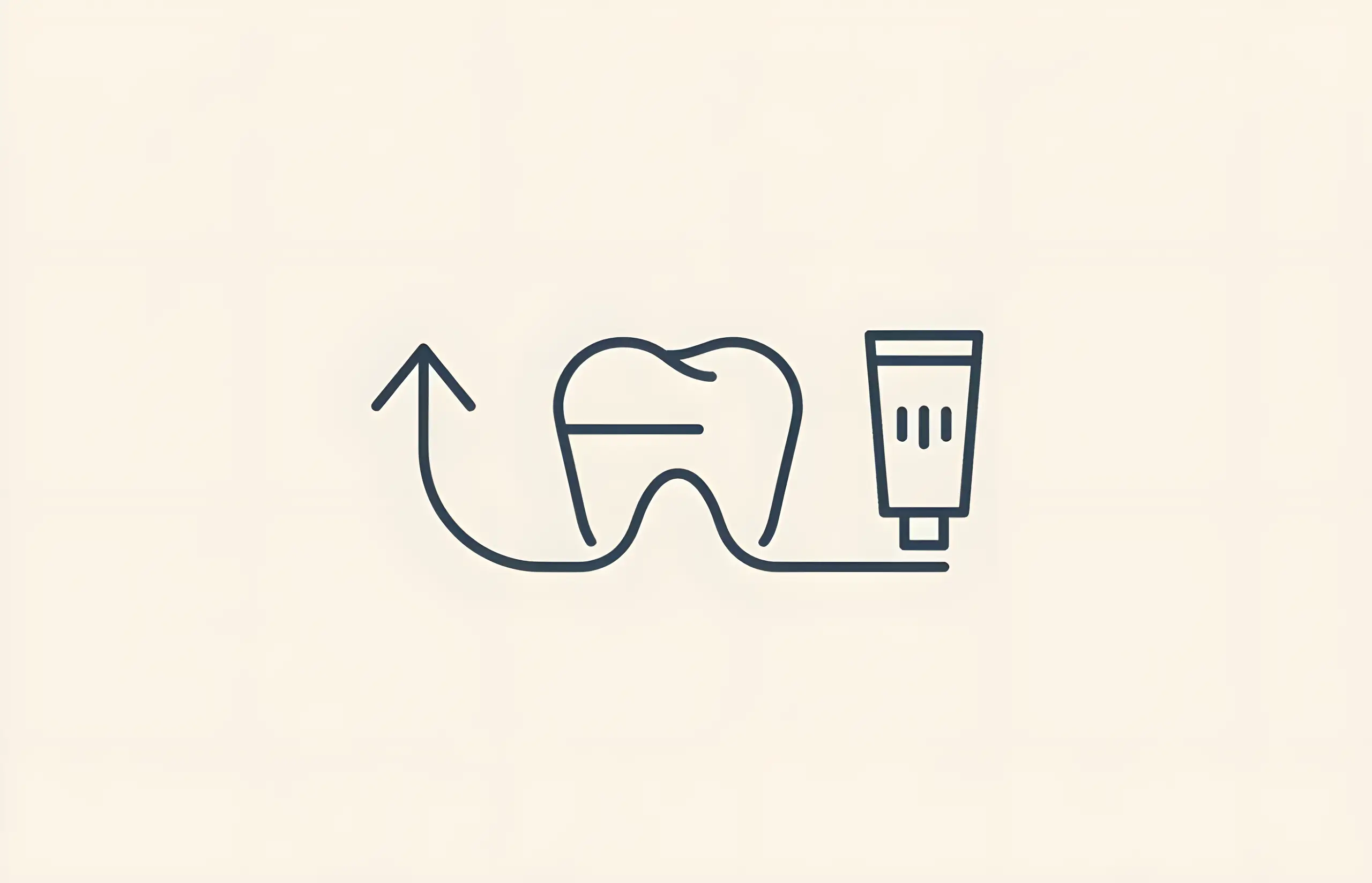
Choosing the Best Toothpaste for Veneers
Comprehensive guide to selecting toothpaste for veneers, understanding RDA values, avoiding abrasive ingredients, surface roughness concerns, and proper oral care techniques

Can Temporary Veneers Cause Pain?
Complete guide to temporary veneers including why they may cause discomfort, the procedure involved, preventive measures, and what to eat while wearing them

Can You Whiten Veneers?
Comprehensive guide to veneer whitening, why porcelain veneers resist bleaching, stain removal options, color matching strategies, and maintenance tips

A Guide to Composite Resin Veneers
Comprehensive information about composite resin veneers, including their uses, procedure, longevity, and how they compare to porcelain veneers

Should You Get Crowns or Veneers for Your Front Teeth?
Comprehensive guide comparing dental crowns and veneers for front teeth, including materials, uses, preparation requirements, longevity, and cost considerations

Should You Get Crowns or Veneers?
Comprehensive guide to choosing between dental crowns and veneers, including clinical indications, contraindications, insurance coverage, and decision criteria for optimal treatment outcomes
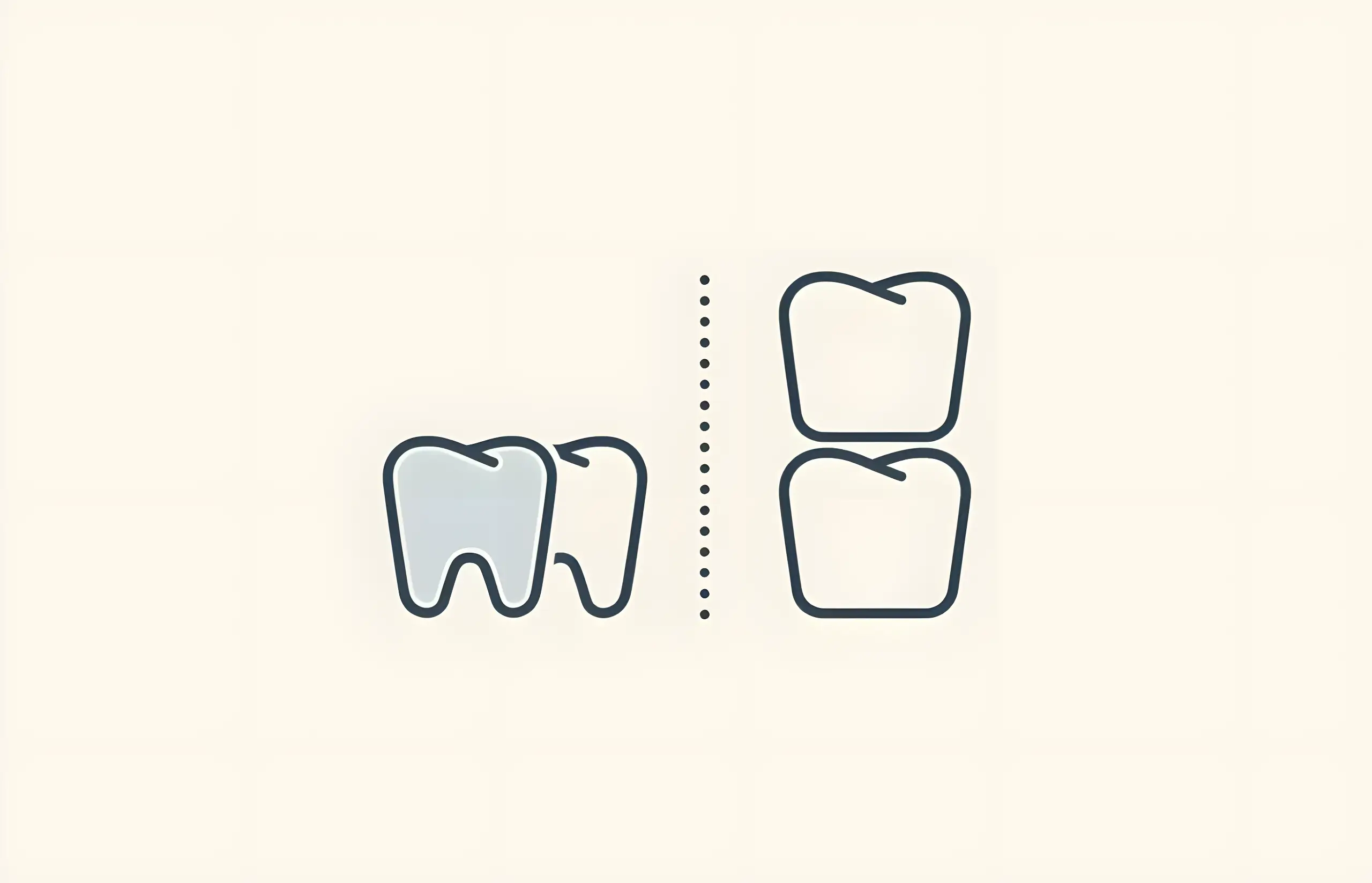
Dental Veneers – Before and After Pictures
Comprehensive guide to dental veneers transformation results, patient satisfaction rates, aesthetic outcomes, smile makeover success, and clinical evidence from before and after studies
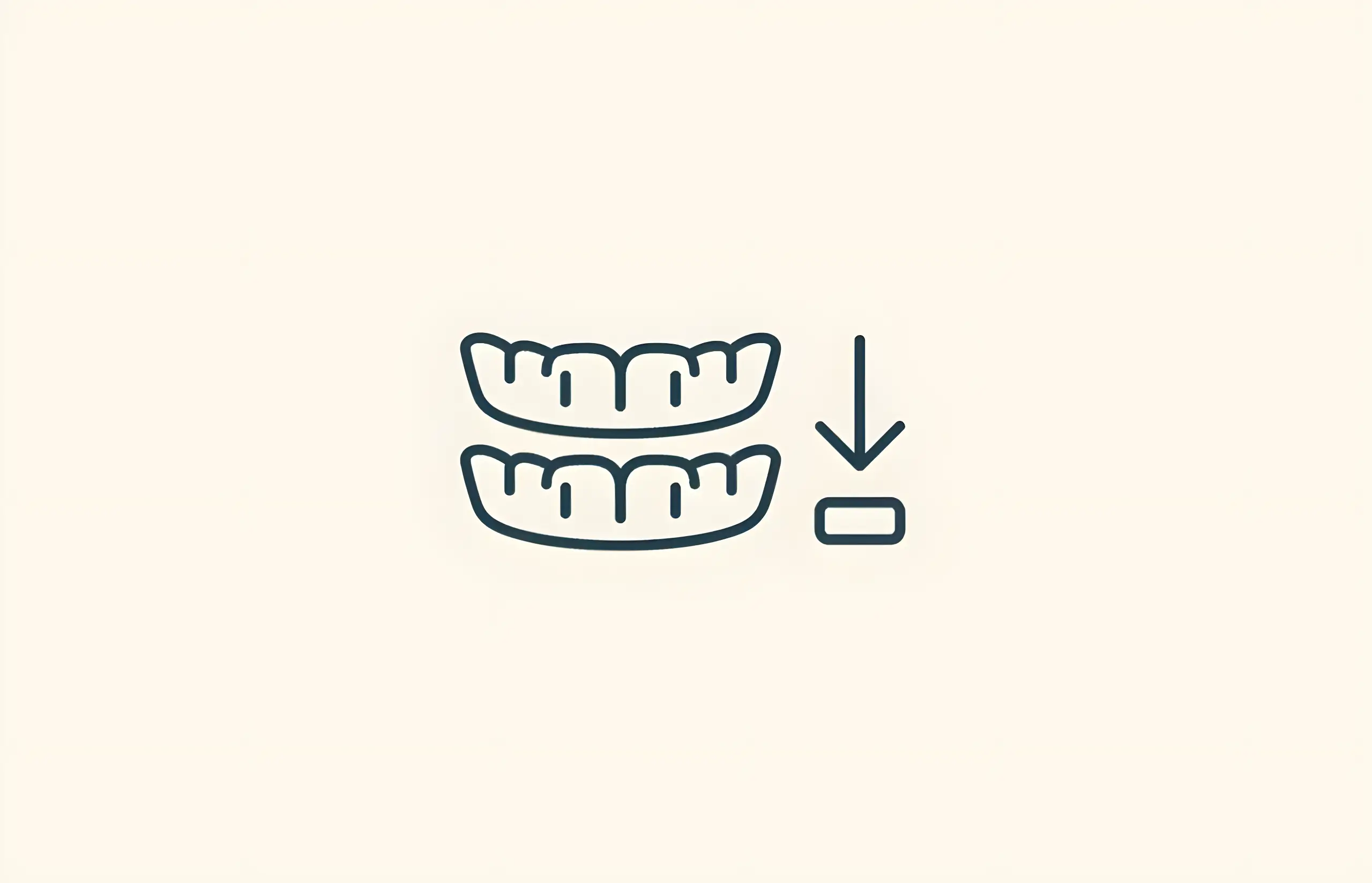
Do It Yourself Veneers – Removable Veneers For Your Teeth
Comprehensive guide to DIY removable veneers (snap-on, clip-on veneers) including costs, risks, user satisfaction rates, safety concerns, and comparison with permanent dental veneers

Do Temporary Veneers Look Bad?
Complete guide to temporary veneer appearance, materials (PMMA, bis-acryl), aesthetic outcomes, patient satisfaction, complications, and what to expect during the provisional phase

Eating With Veneers
Complete guide to dietary considerations with veneers including foods to avoid, staining resistance (coffee most problematic), fracture risk, care tips, and maintaining your investment
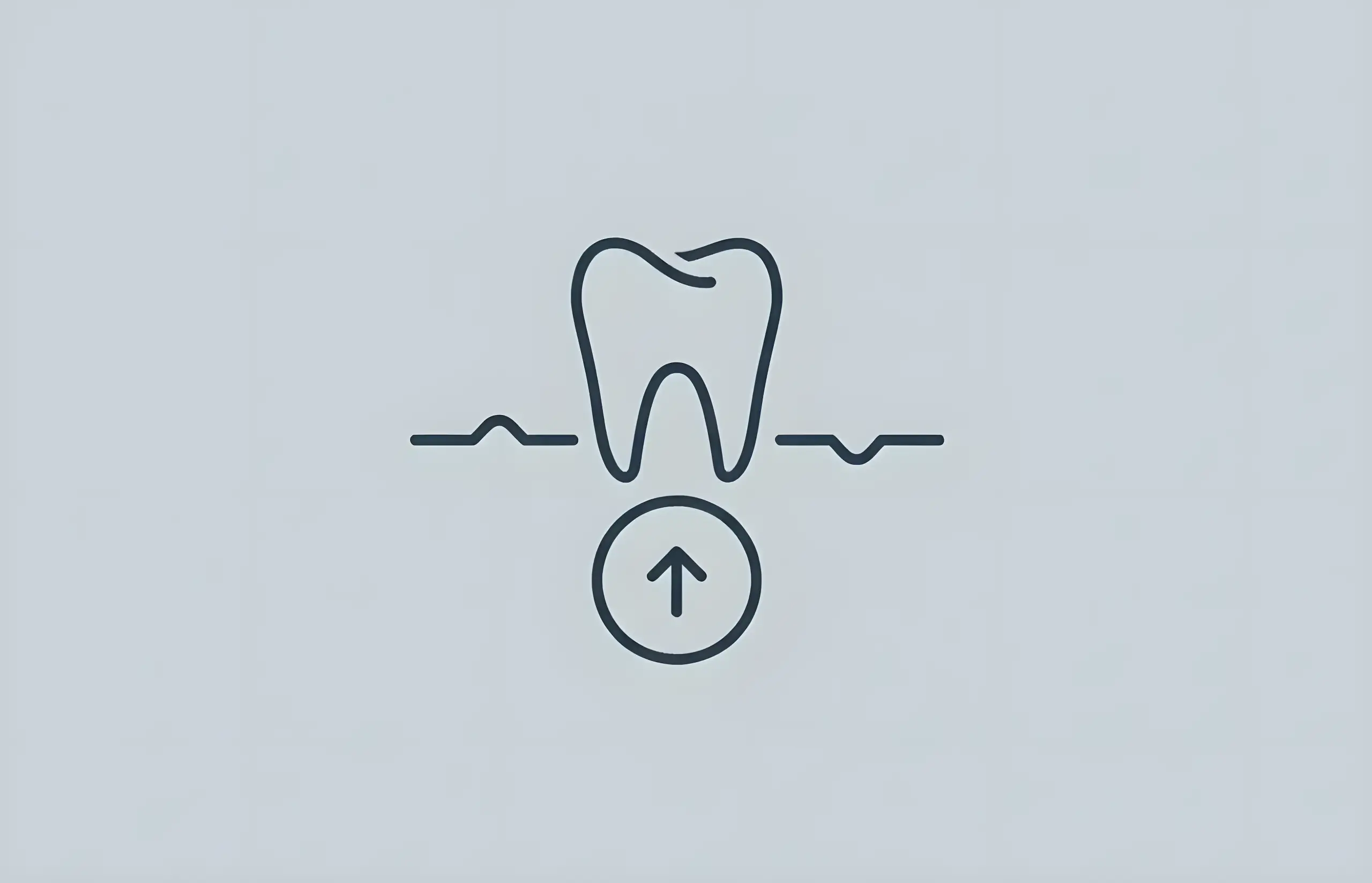
How Much do Lumineers for Teeth Cost?
Comprehensive guide to Lumineers costs including pricing factors, no-prep procedure advantages, Lumineers vs traditional veneers, treatment process, longevity, and cost-saving options
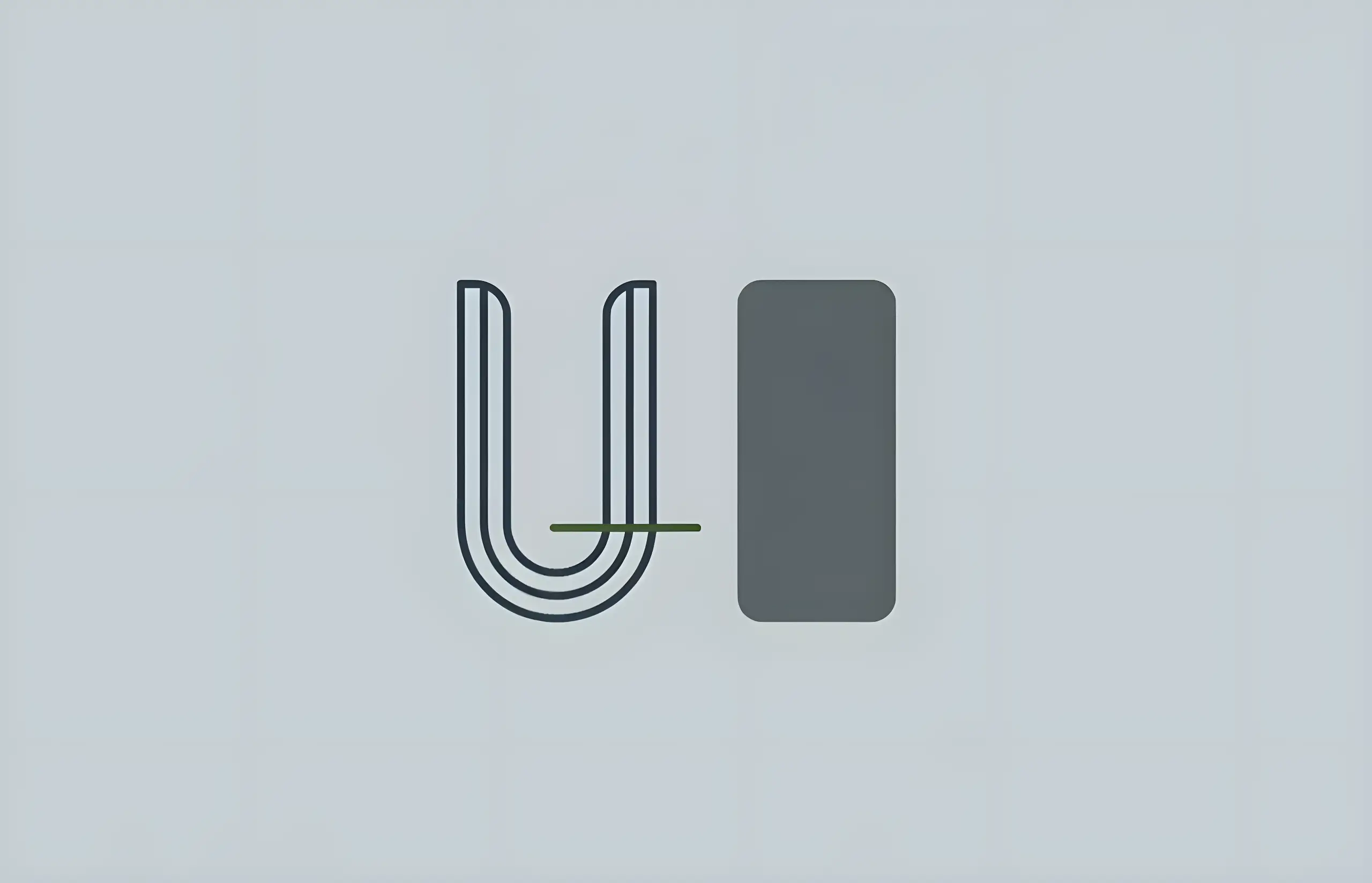
Lumineers vs Porcelain Veneers
Comprehensive comparison of Lumineers and traditional porcelain veneers, including differences, costs, longevity, and which option is best for your smile

No Prep Veneers – Costs and Information
Complete guide to no-prep veneers including Lumineers and Vivaneers, covering costs, benefits, who can have them, and how they compare to traditional veneers

Press On Veneers – Costs and Information
Learn about snap-on veneers including costs, how they work, longevity, care instructions, and whether they're a worthwhile alternative to permanent veneers
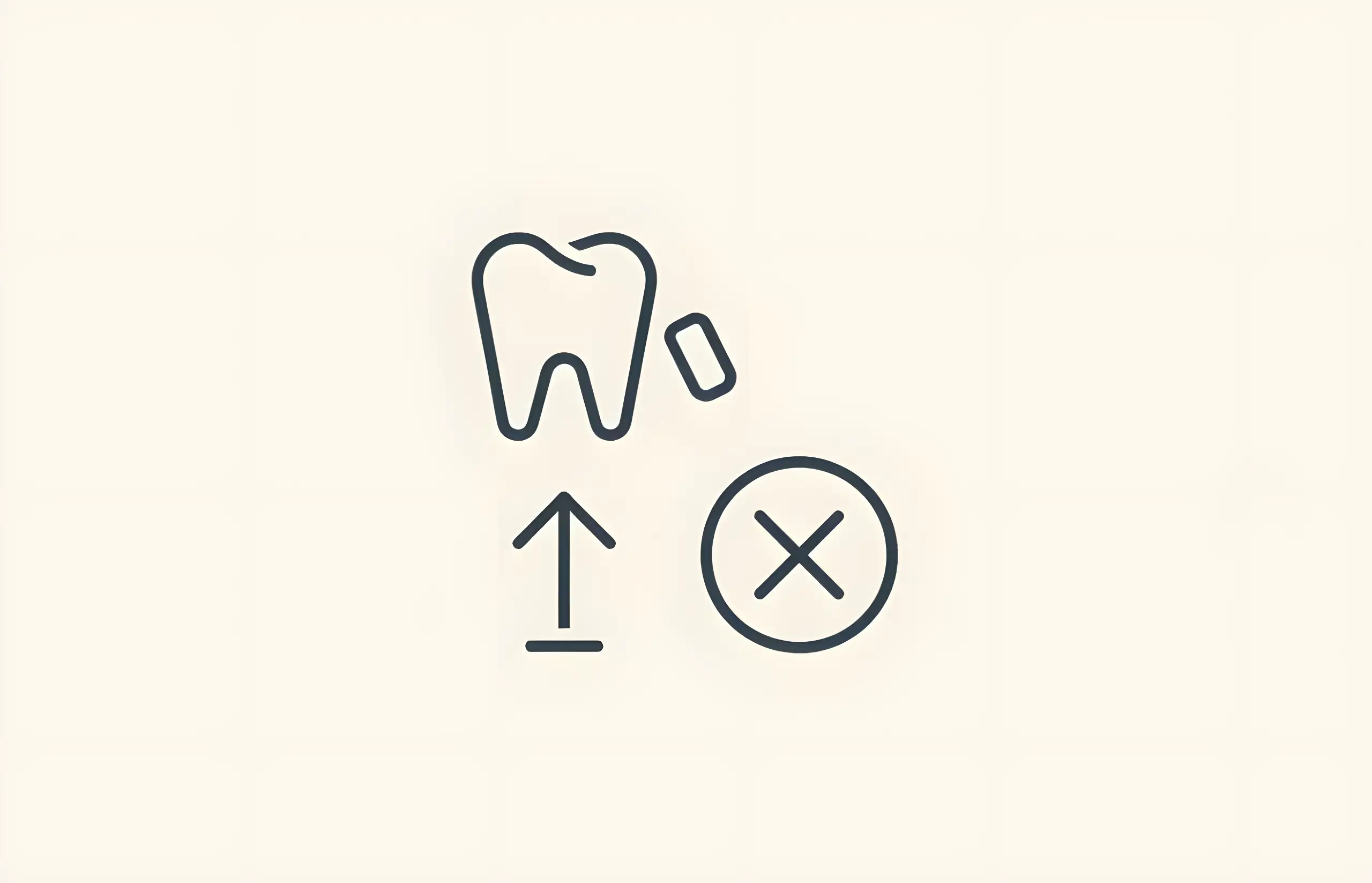
What To Do If Your Temporary Veneers Are Falling Off
Essential guide to protecting temporary veneers: what they are, foods to avoid, and when to see a dentist if they become loose or fall off

Can You Put Veneers Over Crowns?
Comprehensive guide to placing veneers over crowns, why it's generally not recommended, bonding challenges, crown survival rates, and alternative treatment options

What Can't You Eat with Veneers?
Learn about dietary restrictions for veneers including foods to avoid with temporary and permanent veneers, staining risks, and tips for protecting your investment
About The Dental Guide
The Dental Guide is a trusted online resource providing evidence-based information about dental health, treatments, and procedures. Our content is created and reviewed by qualified dental professionals to help you make informed decisions about your oral health.
Our Mission
- Evidence-based dental information
- Expert-reviewed content
- Clear, accessible explanations
- Latest treatment options
- Patient-focused guidance
Editorial Standards
- GDC-registered dental professionals
- Peer-reviewed sources
- Regular content updates
- Medical accuracy verification
- Transparent authorship
Important Notice
The information on The Dental Guide is for educational purposes only and should not replace professional dental advice. Always consult with a qualified dentist for diagnosis and treatment recommendations tailored to your individual needs and circumstances.
Medically Reviewed
Reviewed by Dr. Nasim Mechoui , BDS (Bristol)
Share this article
Comments & Discussion
Have questions about dental implants? Share your thoughts or experiences.
